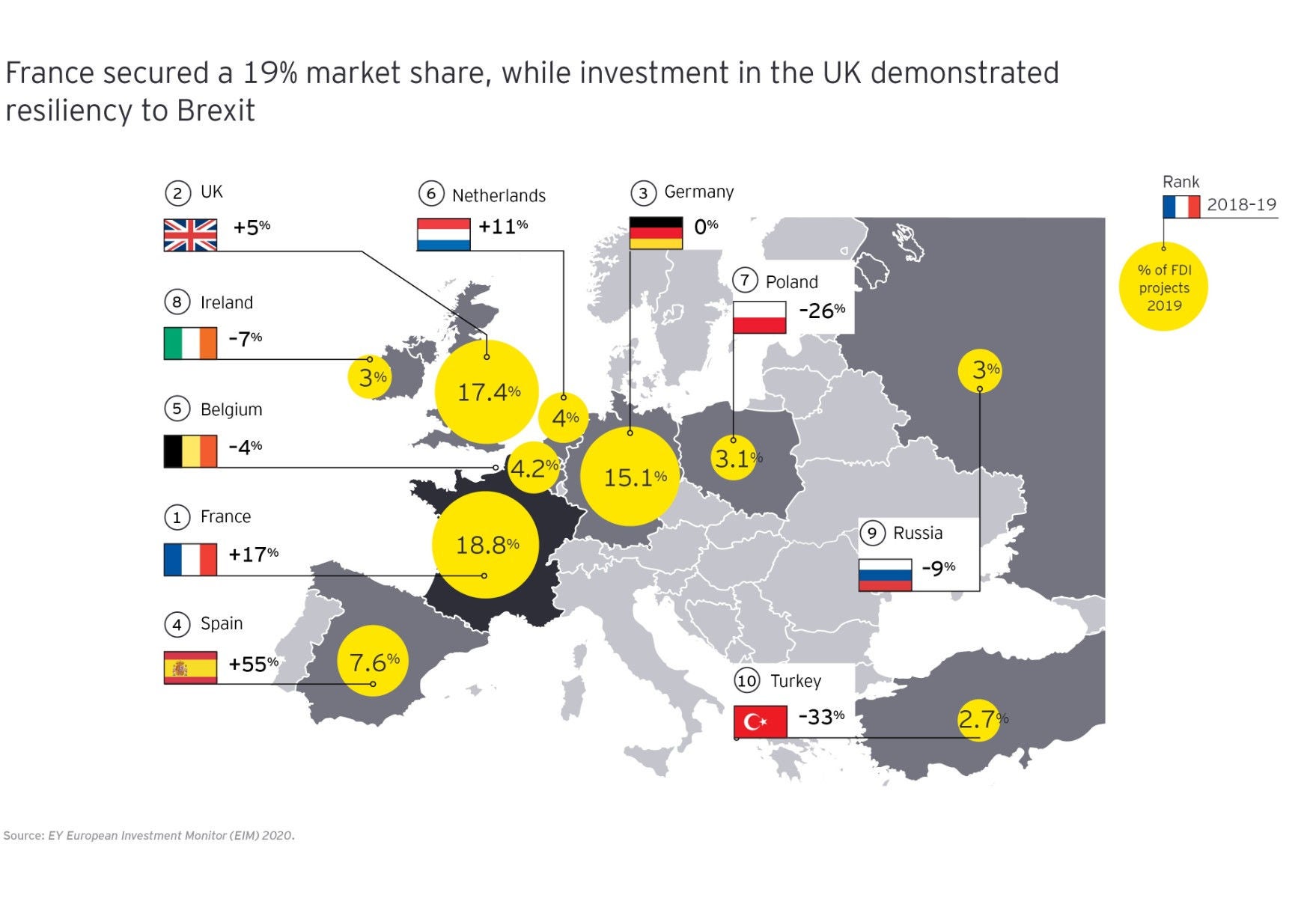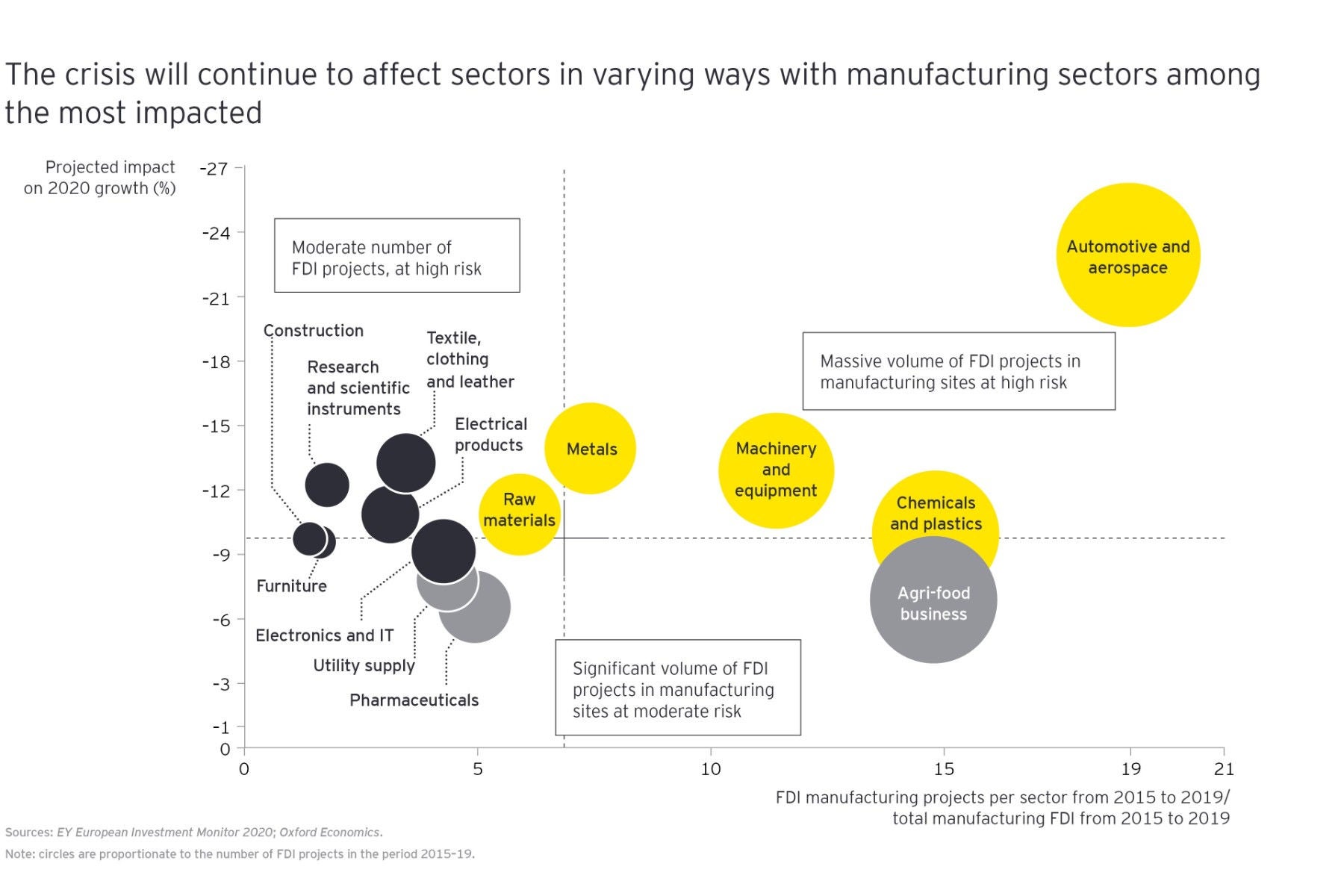EY refers to the global organization, and may refer to one or more, of the member firms of Ernst & Young Global Limited, each of which is a separate legal entity. Ernst & Young Global Limited, a UK company limited by guarantee, does not provide services to clients.
How EY can help
-
Discover how EY's digital transformation teams can help your business evolve quickly to seize opportunities and mitigate risks. Find out more.
Read more
Countries’ digital competitiveness, including digital infrastructure, digital skills, and a dynamic environment of technology companies, has long determined their attractiveness. Before COVID-19, businesses ranked gaining global leadership in the digital revolution as the top priority for Europe to increase its attractiveness. In parallel, businesses ranked the availability of a workforce with technology skills as the most important factor to determine where they invest.
Accelerated technology adoption will make countries’ digital competitiveness an even more important factor in investment decisions. Governments must therefore ensure fair access to fast internet and communications infrastructure in remote areas. This would help improve FDI attractiveness beyond major cities.




















